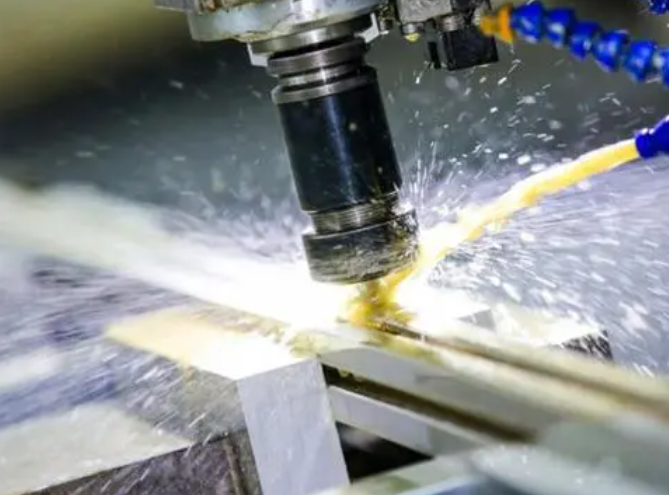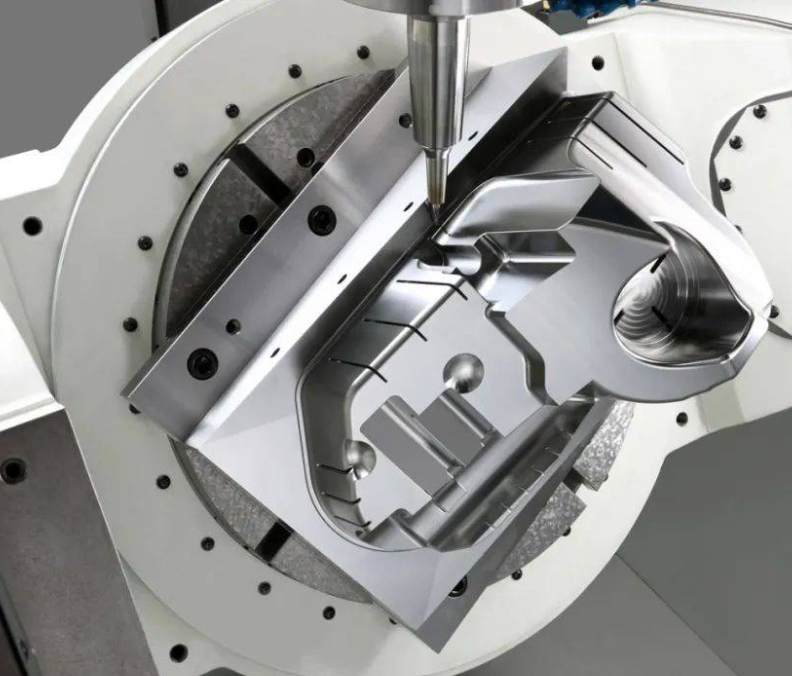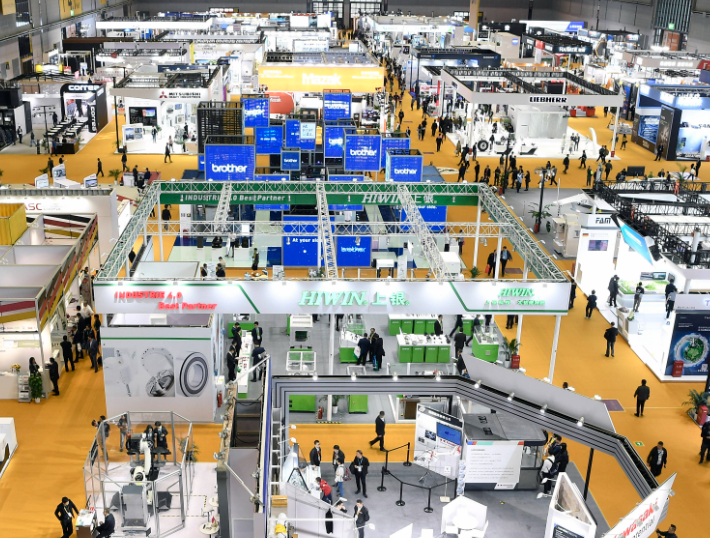Carbon fiber is a high-performance material that offers exceptional strength and stiffness at a lower weight compared to traditional materials. Due to these characteristics, carbon fiber has become a popular choice in various industries, including aerospace, automotive, sporting goods, and industrial applications. In this article, we will discuss the main processing techniques used for carbon fiber products, including carbon fiber plate manufacturing, carbon fiber tube manufacturing, and the processing techniques used for other carbon fiber-shaped parts, such as carbon fiber automotive products.
Carbon Fiber Plate Manufacturing
Carbon fiber plates are commonly used in the manufacture of a variety of products, including automotive parts, sporting goods, and industrial applications. The process of manufacturing carbon fiber plates involves several steps, including:
Fiber Selection: The first step in the carbon fiber plate manufacturing process is selecting the right type of carbon fiber for the application. There are several types of carbon fiber available, including standard modulus, intermediate modulus, and high modulus fibers.
Fiber Weaving: After selecting the fiber type, the fibers are woven into a fabric using automated weaving machines. The weaving process ensures that the fibers are aligned in a specific direction to achieve the desired strength and stiffness properties.
Resin Infusion: Once the fibers are woven into a fabric, they are infused with a resin, such as epoxy or polyester, using a vacuum bagging process. This process ensures that the resin is evenly distributed throughout the fabric and helps to strengthen the fibers.
Curing: After the resin is infused into the fabric, the composite material is placed in a mold and cured at a specific temperature and pressure. This process helps to strengthen the material and gives it the desired shape and properties.
Carbon Fiber Tube Manufacturing
Carbon fiber tubes are commonly used in the aerospace, automotive, and sporting goods industries due to their high strength and stiffness properties. The process of manufacturing carbon fiber tubes involves several steps, including:
Mandrel Selection: The first step in the carbon fiber tube manufacturing process is selecting the right mandrel. The mandrel is a core that is used to form the shape of the tube.
Fiber Weaving: After selecting the mandrel, the carbon fibers are woven into a fabric using automated weaving machines. The weaving process ensures that the fibers are aligned in a specific direction to achieve the desired strength and stiffness properties.
Resin Infusion: Once the fibers are woven into a fabric, they are infused with a resin, such as epoxy or polyester, using a vacuum bagging process. This process ensures that the resin is evenly distributed throughout the fabric and helps to strengthen the fibers.
Curing: After the resin is infused into the fabric, the composite material is wrapped around the mandrel and cured at a specific temperature and pressure. This process helps to strengthen the material and gives it the desired shape and properties.
Other Carbon Fiber Shaped Parts Manufacturing
In addition to carbon fiber plates and tubes, carbon fiber is also used to manufacture a variety of shaped parts, such as automotive products. The process of manufacturing these parts involves several steps, including:
Design and Prototype: The first step in the manufacturing process is designing the part and creating a prototype. This step involves using computer-aided design (CAD) software to create a 3D model of the part.
Mold Making: Once the prototype is created, a mold is made from the 3D model. The mold is used to create the final part.
Fiber Weaving: After the mold is made, the carbon fibers are woven into a fabric using automated weaving machines. The weaving process ensures that the fibers are aligned in a specific direction to achieve the desired strength and stiffness properties.
Resin Infusion: Once the fibers are woven into a fabric, they are infused with a resin, such as epoxy or polyester, using a vacuum bagging process. This process ensures that the resin is evenly distributed throughout the fabric and helps to strengthen the fibers.
Curing: After the resin is infused into the fabric, the composite material is placed in the mold and cured at a specific temperature and pressure. This process helps to strengthen the material and gives it the desired shape and properties.
Finishing: After the part is removed from the mold, it may require finishing processes, such as trimming and sanding, to achieve the desired surface finish.
Carbon Fiber Automotive Products Manufacturing
Carbon fiber is widely used in the automotive industry to manufacture a variety of components, including body panels, hoods, and spoilers. The process of manufacturing carbon fiber automotive products involves several steps, including:
Design and Prototype: The first step in the manufacturing process is designing the part and creating a prototype. This step involves using computer-aided design (CAD) software to create a 3D model of the part.
Mold Making: Once the prototype is created, a mold is made from the 3D model. The mold is used to create the final part.
Prepreg Layup: Prepreg is a term used to describe carbon fiber that has already been infused with resin. The prepreg is laid up in the mold in a specific pattern to achieve the desired strength and stiffness properties.
Curing: After the prepreg is laid up in the mold, the composite material is cured at a specific temperature and pressure. This process helps to strengthen the material and gives it the desired shape and properties.
Finishing: After the part is removed from the mold, it may require finishing processes, such as trimming and sanding, to achieve the desired surface finish.
Future of Carbon Fiber Processing
The future of carbon fiber processing looks promising, with advancements in technology and increasing demand for lightweight, high-performance materials. One area of development is the use of additive manufacturing, or 3D printing, to produce carbon fiber components. This process allows for more complex designs and reduces waste, making it a more sustainable and cost-effective method of manufacturing.
Another area of development is the use of nanotechnology to improve the properties of carbon fiber composites. Researchers are exploring ways to incorporate nanomaterials, such as graphene, into carbon fiber composites to enhance their strength, stiffness, and durability.
In conclusion, carbon fiber processing techniques have come a long way and continue to evolve. The manufacturing of carbon fiber plates, tubes, shaped parts, and automotive products involves a complex process that requires precision and expertise. As the demand for lightweight, high-performance materials increases, the future of carbon fiber processing looks bright, with advancements in technology and materials science paving the way for even more innovative applications.
Krosino is a leading company in the production of customized carbon fiber products. Our expertise in carbon fiber manufacturing allows us to create products that are both lightweight and extremely durable. We work closely with our clients to understand their specific needs and design products that meet or exceed their expectations.
Our state-of-the-art manufacturing facilities enable us to produce a wide range of carbon fiber products, including automotive parts, aerospace components, sports equipment, and industrial machinery. We use the latest technology and processes to ensure that our products are of the highest quality and meet strict industry standards.
At Krosino, we are committed to providing our clients with exceptional service and high-quality products. Our team of experienced engineers and designers is dedicated to delivering solutions that are tailored to the unique needs of each client. Whether you need a custom part or a complete carbon fiber assembly, Krosino has the expertise and capabilities to deliver exactly what you need.
 CNC Machining, Laser Cutting, and Bending Services by Krosino
CNC Machining, Laser Cutting, and Bending Services by Krosino
 Revolutionizing Manufacturing: Advantages of CNC Machining in Manufacturing
Revolutionizing Manufacturing: Advantages of CNC Machining in Manufacturing
 Unleashing Precision: Exploring CNC 5-Axis Machining
Unleashing Precision: Exploring CNC 5-Axis Machining
 Krosino Company's CNC Machining Service for Global Customers
Krosino Company's CNC Machining Service for Global Customers